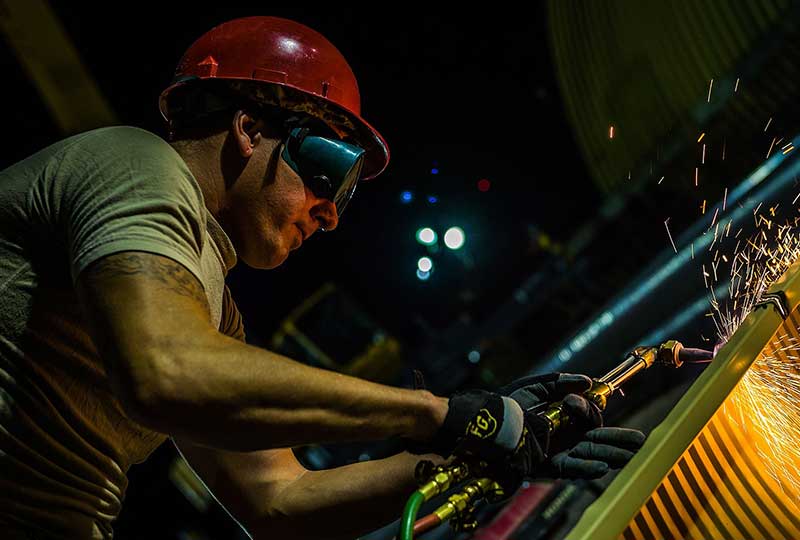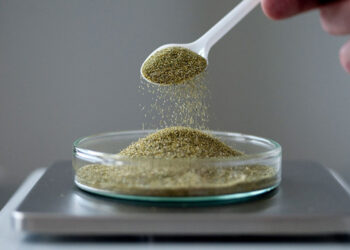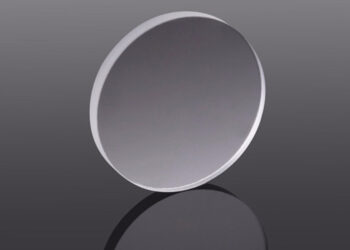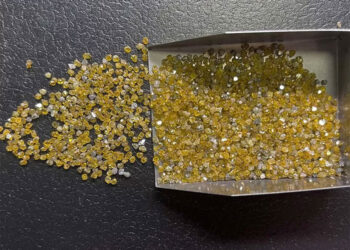Our Services
Contact info
We are always ready to help you. There are many ways to contact us. You may drop us a line, give us a call or send an email, choose what suits you most.
Need help?
15 W 47th St Suite #200 Second Floor, New York, 10036,United States
Tel: +1 917 302 9305
[email protected]
Aerospace Field

The use of lab grown diamonds in aerospace components is increasingly becoming a viable option for manufacturers. This new technology offers significant benefits over traditional silicon-based materials, including increased efficiency, lower power consumption, and reduced environmental impact. It also has the potential to improve thermal performance, which is especially valuable in space-based applications.
There are many benefits of using lab grown diamonds in the aerospace industry. These diamonds are scalable to meet specific needs, are environmentally friendly and cost-effective. The US is leading the shift in consumer behavior towards lab-grown diamonds. Until the mid-2000s, only a few companies were developing this technology. Today, India contributes about 15 percent of the global supply of lab-grown diamonds.
Application
Lab-grown diamonds have a lot of advantages over mined diamonds, including traceability, carbon neutrality, and cost. But one of the biggest benefits is that they’re cheaper. Shearman wants to turn the tables on luxury by making diamonds grown in the air as cheap as mined diamonds, while still having a net positive impact on the planet.
-
1
In terms of cost, lab grown diamonds are about 40 to 50 percent cheaper than mined diamonds, depending on the size of the stone. These diamonds can be customized to fit specific needs and specifications. They are also highly affordable, environmentally friendly, and sustainable. Another advantage of lab grown diamonds is their ability to be produced in any shape or size.
-
2
During the growth process, CCGS structures are produced, which are multiwalled and multicapped. These structures are formed by a process called surface graphitization. The process then proceeds with the formation of a two-thirds graphite-diamond interface. The graphite-diamond interfaces then migrate into the bulk of the diamond crystal.
-
3
Lab grown diamonds are ten times stronger than natural diamonds, and their properties make them an ideal semiconductor. They are also more durable, and they reduce the energy lost in the form of heat. According to a study conducted by Frost & Sullivan, lab grown diamonds can reduce the amount of energy needed to produce the same amount of material.
-
4
Lab grown diamonds are used in aerospace because they can be used for a variety of applications. They are used in aircraft and spacecraft parts. Their high strength and durability allow them to withstand high temperatures and pressure. This makes them the best choice for aerospace components and other difficult-to-manufacture materials.
-
5
Despite the potential risks of using artificial diamonds in aerospace, they are a valuable choice for space applications. Because they are chemically and biologically inert, they can survive in harsh environments. They can also be used in high-precision machine manufacturing and aerospace optical devices. Furthermore, they are useful for drilling, microelectronics, and radar equipment.
-
6
Researchers are currently exploring the benefits of these nanostructured diamonds in aerospace. The first studies show that they can reduce the weight and increase the strength of spacecraft structures. However, there are some challenges that need to be addressed before this material can be considered for this application.
Cost
-
1
Compared to mined diamonds, lab grown diamonds use less water per carat. This also results in lower carbon emissions. These benefits make the cost of aerospace with lab grown diamonds significantly cheaper than traditional mining methods. Several major diamond retailers have invested in expensive detection equipment to ensure their product is free of impurities.
-
2
Moreover, lab grown diamonds have many uses in technology and engineering. For instance, they can be used in computer chips, satellites, and 5G networks because they operate at higher speeds than silicon-based chips and use less power. India exports polished lab grown diamonds to the US, UAE, and Israel, while Belgium and Hong Kong also import them. In total, the US and Hong Kong account for 67 percent of the country's exports of polished lab grown diamonds.
-
3
A one-carat lab-grown diamond costs around $2,000, and prices can vary depending on the cut, color, and clarity. Diamonds can be priced by the percent of the carat weight, and a 50-point lab-grown diamond costs half a carat. Lab-grown diamonds are rounded to one hundredth of a carat to make them easier to weigh.
-
4
Currently, Pandora has announced that it will no longer sell mined diamonds and will instead sell lab-grown diamonds. The company's announcement is a major change for the diamond industry. Despite the controversy surrounding man-made diamonds, this shift represents progress and innovation, and is a clear move towards sustainability.
-
5
In addition to the environmental benefits, lab-grown diamonds are highly customizable. These diamonds are also highly economical. They can be produced in large quantities, which makes them the preferred choice for aerospace applications. These diamonds are a great alternative to mined diamonds.
Related Projects

lab grown diamonds
Nanometer Modified Diamond Powder

lab grown diamonds
CVD SC Diamond Optical Window

lab grown diamonds
HPHT Monocrystalline Diamonds




